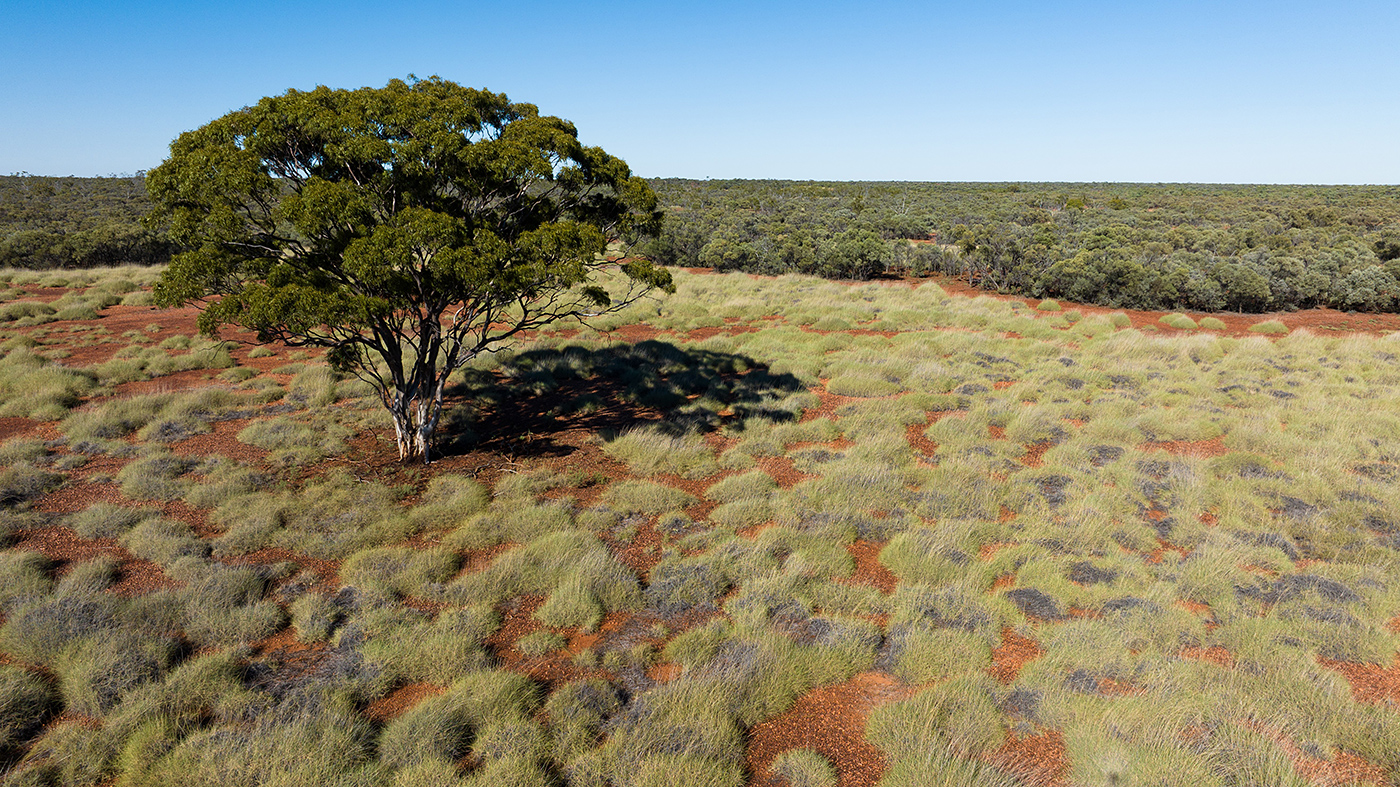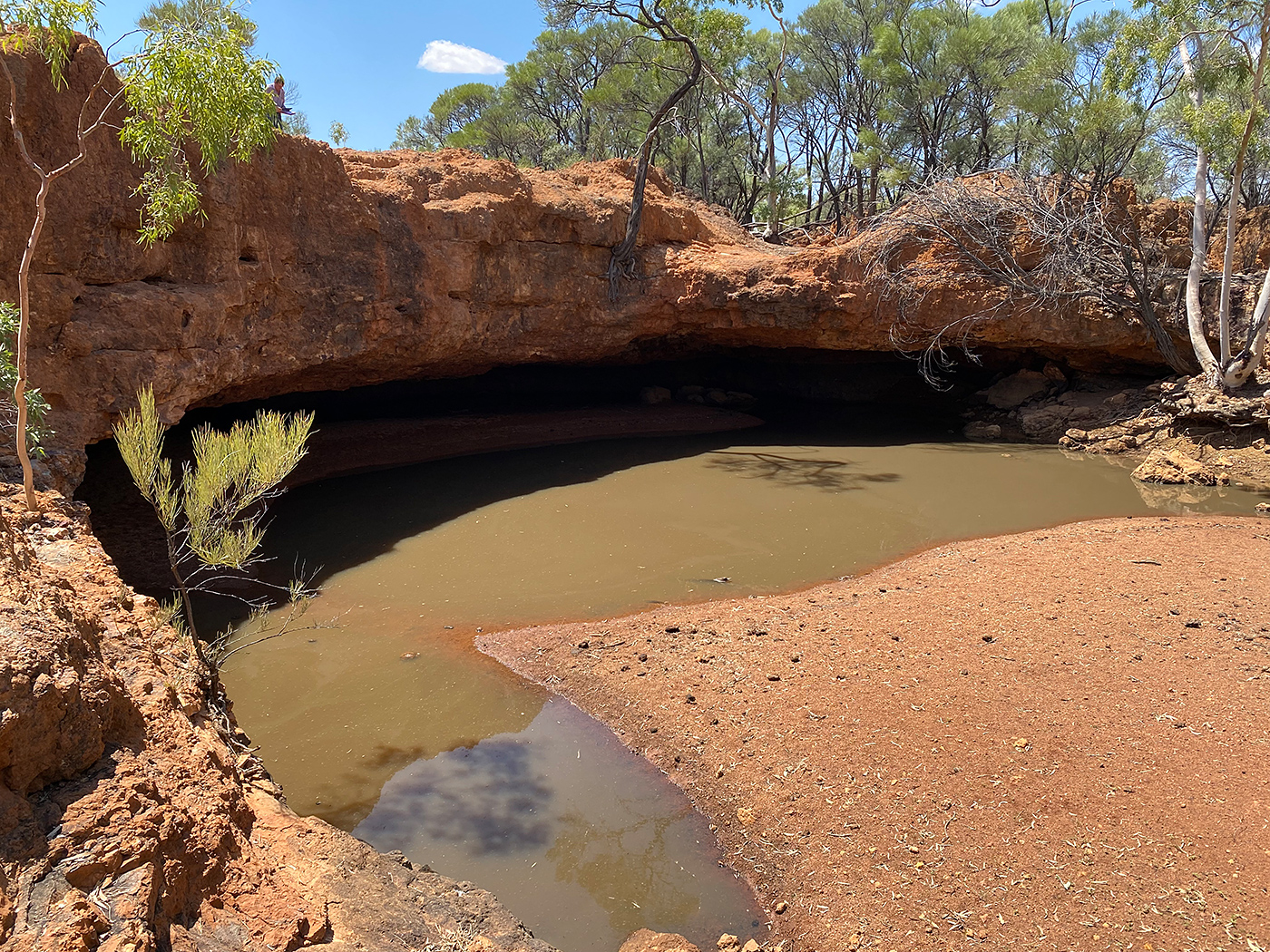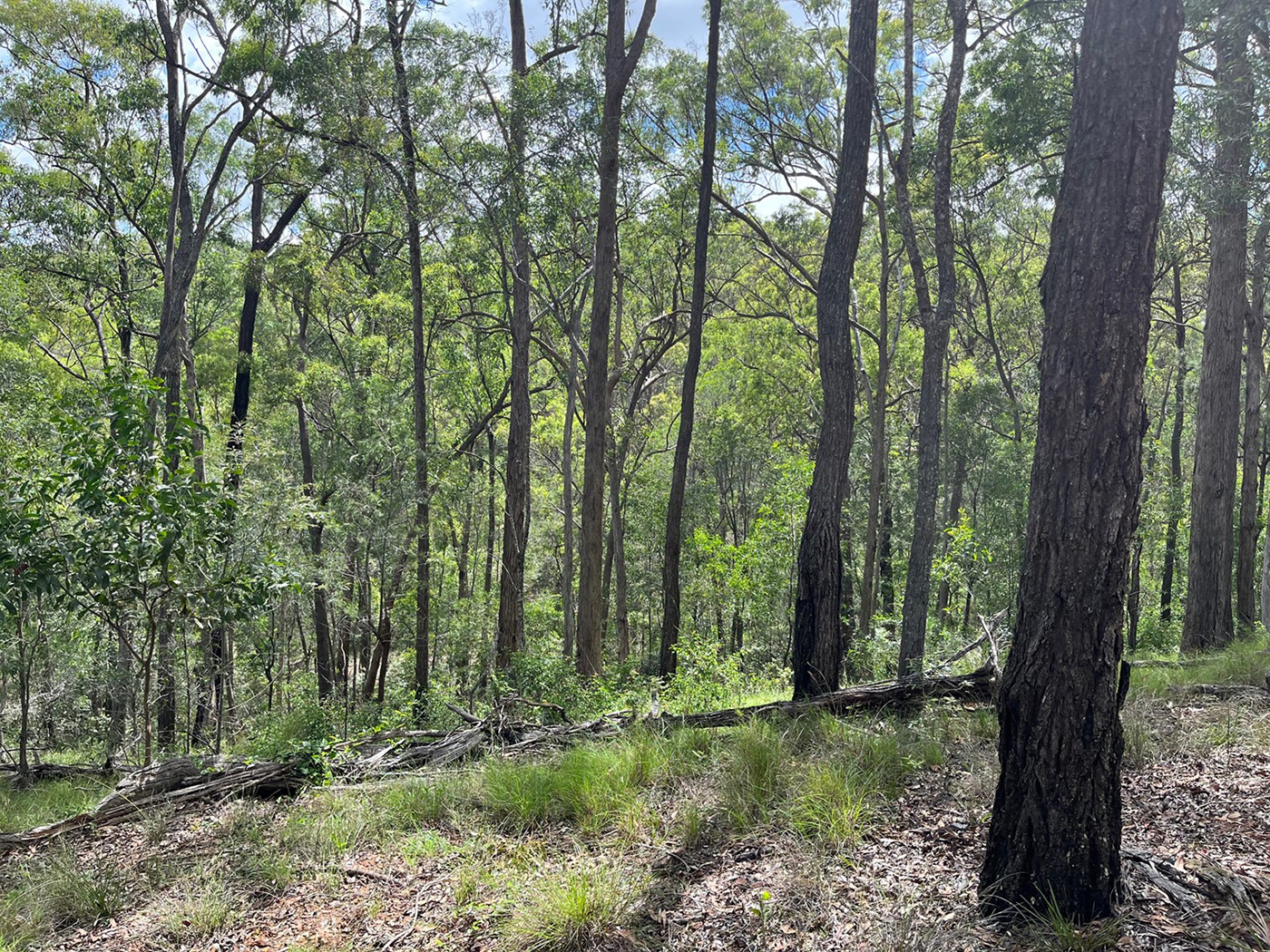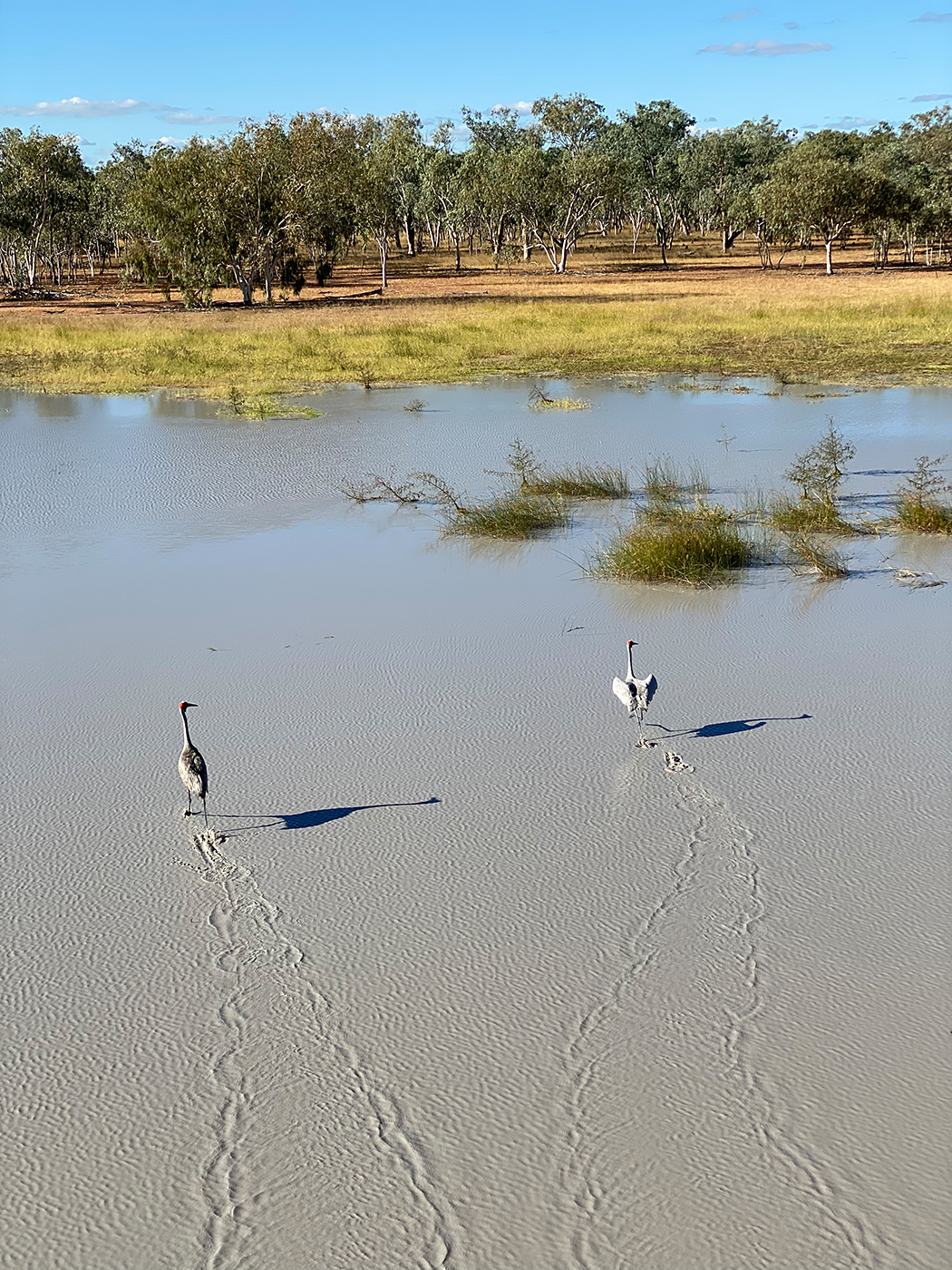Land acquisitions and conversions
The Queensland Government actively explores a range of opportunities to grow the protected area system by purchasing or, acquiring through various voluntary mechanisms, land for adding or converting to national parks.


The priority is to acquire land that:
- is comprehensive, adequate and representative of the state’s biodiversity
- helps to conserve critical habitat for threatened and at-risk species
- protects and conserves Queensland’s First Nations people’s culturally important landscapes and places and connection to Country
- protects non-Indigenous cultural heritage and historic places
- contributes to potential economic, social and health benefits to our communities
- provides for high-quality, nature-based recreation and ecotourism opportunities that connect people with nature
- contributes to carbon sequestration, climate resilience and protection of the Great Barrier Reef.
Once acquired, effective management of the protected area is just as vital to achieving conservation outcomes as growing the overall system. Queensland’s protected areas are managed in accordance with global best practice standards, including ensuring that communities and neighbours are safe from the impacts of fire and invasive pests.
In 2022, the Queensland Government invested $262.5 million over four years to expand and manage State-owned protected areas.
New areas can sometimes be purchased with the support of philanthropic and/or not-for-profit partnerships or with local governments.
Significant recent land acquisitions and conversions include the following:
- Vergemont Station, Western Queensland
- Tonkoro Station and Melrose Station, Western Queensland
- Great Barrier Reef islands
- Daisy Hill Conservation Park, South East Queensland
- Spadely Station, Curtis Island, Central Queensland
- The Lakes, North Queensland
Vergemont Station, Western Queensland
In 2024, the Queensland Government purchased Vergemont Station, a 352,589-hectare cattle grazing property.
The land:
- contains significant riverine and biodiversity conservation values
- provides key habitat for the endangered night parrot and highly restricted Opalton grasswren
- will mostly transition to national park
- creates a corridor by connecting with other nearby protected areas and conserves almost one and a half million hectares of Channel Country bioregion
- involves investment that includes a $21 million philanthropic donation brokered by The Nature Conservancy.
Vergemont Station image gallery
Tonkoro and Melrose Stations, Western Queensland
In 2024, the Queensland Government purchased the 138,000-hectare Tonkoro Station and 65,000-hectares of Melrose Station.
Both parcels of land:
- contain habitat for key habitat for the endangered night parrot and highly restricted Opalton grasswren
- are regional ecosystems that are poorly represented, or have no representation, in the current protected area estate
- will be transitioned to national park
- form part of a corridor by connecting with other nearby protected areas.
Tonkoro Station image gallery
Melrose Station image gallery
Read the case study on how the purchase of Vergemont, Tonkoro and part of Melrose Stations helped create a conservation corridor in Western Queensland.
Great Barrier Reef Island Arks
In 2024, the Queensland Government transferred 140 Great Barrier Reef islands or parts thereof totalling 1,390 hectares, to protected area as part of Great Barrier Reef Island Arks project.
The land:
- increases reef island protection, ensuring endangered and of-concern ecosystems and habitat for important species such as green and flatback turtles, seabirds and shorebirds are protected for future generations
- involved purchasing leasehold properties, including non-operational leases, and land reserves adjacent to national parks, and by transferring ecologically valuable unallocated state land to protected area estate.
Properties acquired as part of the Great Barrier Reef Island Arks project include:
- The 118 hectare tourism lease over Wild Duck Island (now Broad Sound Islands Conservation Park) was acquired in 2021 to protect the largest nesting site in Eastern Australia for flatback turtles
- The 4.2 hectare term lease over St Bees Island, 35 km north-east of Mackay, which will protect key habitat for koalas and flatback turtles
- Over 3,500 hectares of a rolling term lease on Long Island (Broad Sound), including a known rookery for the vulnerable flatback turtle.
Great Barrier Reef Island Arks image gallery
Spadely Station, Curtis Island
In 2023, the Queensland Government purchased 1,647-hectare Spadely Station on Curtis Island.
The land:
- includes estuarine wetlands and habitat critical for migratory birds and threatened species such as the false water-rat and Capricorn yellow chat
- lies within the Great Barrier Reef World Heritage Area and its shoreline supports nesting habitat for the vulnerable flatback turtle
- will be transitioned to protected area
- enables potential new visitor experiences and eco-tourism opportunities to be explored in partnership with Bakara Investments.
Spadely Station image gallery
Daisy Hill Conservation Park, South East Queensland
In 2024, the Queensland Government purchased 213 hectares of private land to add to the Daisy Hill Conservation Park.
The conservation park:
- contains critical habitat for koalas and other wildlife and offers a range of recreational opportunities for visitors.
The new land:
- protects the ‘missing link’ of bushland around Kimberley Plateau, consolidating the forests between Daisy Hill Conservation Park and Venman Bushland National Park
- was purchased from a private landholder who had a strong conservation ethic.
Daisy Hill Conservation Park image gallery
The Lakes, North Queensland
In 2022, the Queensland Government purchased 35,300-hectare ‘The Lakes’ property north of Hughenden.
The land:
- forms part of a region that contains plains, woodlands, escarpments, creeks, and unique high-altitude hypersaline lakes
- will also help protect the headwaters of the South Gregory River which feeds into the Great Barrier Reef catchment
- was dedicated on 27 June 2024, along with an additional 8,000 hectares of the neighbouring property, to create the new 43,000 hectare The Lakes National Park.
The acquisition:
- involved government partnering with The Nature Conservancy and the Wyss Foundation to secure the land.






























